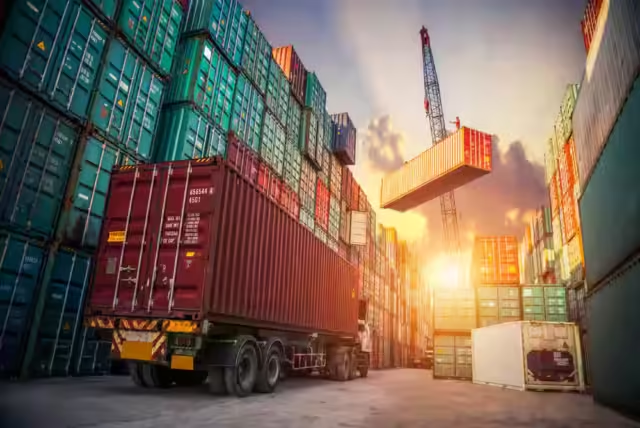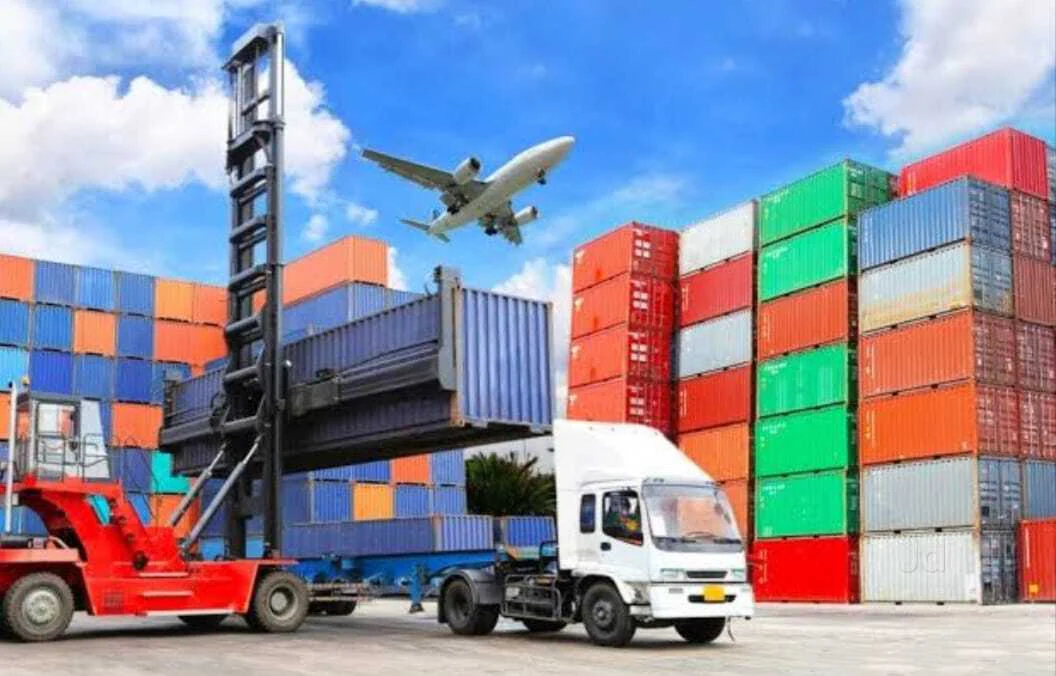The transportation and logistics sector in Agra, a city known for its thriving trade and tourism, plays a crucial role in its economic growth. To remain competitive, businesses in this sector need to adapt to the latest technological advancements. IT solutions can significantly streamline operations, enhance efficiency, and reduce costs. Here, we explore the best IT solutions that can transform Agra’s transport and logistics sector.

1. Fleet Management Software
One of the critical components of any logistics business is managing fleets efficiently. Fleet management software helps track vehicle locations, optimize routes, and monitor driver behavior. Features such as fuel consumption tracking and real-time updates can improve overall operational efficiency, reduce delays, and lower costs.
Benefits:
- Real-time vehicle tracking
- Optimized route planning
- Reduced fuel costs
- Improved compliance with regulations
Top Tools:
- GPS Trackit
- Fleet Complete
- Samsara
2. Warehouse Management Systems (WMS)
For companies handling large volumes of goods, an efficient Warehouse Management System is essential. WMS can help with inventory management, tracking stock levels, and automating restocking processes. Implementing WMS ensures faster turnaround times for shipments, reduces manual labor, and improves accuracy.
Benefits:
- Optimized warehouse operations
- Real-time inventory tracking
- Reduced operational errors
- Increased order fulfillment speed
Top Tools:
- NetSuite WMS
- Infor CloudSuite WMS
- HighJump
3. Transportation Management Systems (TMS)
A robust Transportation Management System is a must for logistics companies looking to streamline their shipping processes. TMS solutions enable businesses to plan, execute, and optimize the physical movement of goods. These systems are critical for improving shipment visibility, cutting transportation costs, and enhancing customer service.
Benefits:
- Enhanced shipment tracking
- Optimized route planning
- Reduced freight costs
- Improved customer satisfaction
Top Tools:
- SAP Transportation Management
- Oracle Transportation Management
- Freightview
4. Enterprise Resource Planning (ERP) Systems
For logistics businesses in Agra seeking to integrate all facets of their operations, Enterprise Resource Planning (ERP) systems are essential. ERP solutions consolidate data from different departments, enabling better decision-making and coordination. Whether it’s finance, human resources, or fleet management, an ERP system can provide a unified platform for managing everything seamlessly.
Benefits:
- Streamlined business processes
- Centralized data management
- Enhanced collaboration across departments
- Improved decision-making capabilities
Top Tools:
- SAP Business One
- Microsoft Dynamics 365
- Odoo
5. Supply Chain Management Software (SCM)
Effective supply chain management is crucial in reducing lead times and optimizing costs in logistics. SCM software helps businesses oversee their entire supply chain—from procurement to product delivery. It facilitates better collaboration with suppliers and improves inventory management.
Benefits:
- Increased supply chain visibility
- Improved demand forecasting
- Streamlined procurement processes
- Better supplier relationship management
Top Tools:
- SAP SCM
- Oracle SCM Cloud
- Blue Yonder
6. IoT-Based Asset Tracking
The Internet of Things (IoT) is revolutionizing the logistics sector by offering real-time tracking of assets, including vehicles, containers, and shipments. IoT sensors provide businesses with valuable insights into the condition and location of goods in transit, enabling predictive maintenance for vehicles and faster problem resolution.
Benefits:
- Real-time visibility of assets
- Reduced operational downtime
- Improved vehicle maintenance
- Enhanced security for high-value goods
Top Tools:
- ThingWorx
- Cisco IoT Solutions
- Zebra Technologies
7. Artificial Intelligence (AI) and Machine Learning (ML)
AI and ML technologies are becoming increasingly important in logistics for demand forecasting, route optimization, and predictive maintenance. By analyzing large volumes of data, AI-powered systems can identify patterns, helping businesses in Agra anticipate market changes, prevent equipment breakdowns, and enhance operational efficiency.
Benefits:
- Improved demand forecasting
- Predictive vehicle and equipment maintenance
- Data-driven decision-making
- Increased operational efficiency
Top Tools:
- C3 AI
- DataRobot
- SAS AI Solutions
8. Blockchain for Supply Chain Transparency
Blockchain technology can bring transparency and security to Agra’s logistics sector. By using blockchain, logistics companies can create tamper-proof records of every transaction in the supply chain. This ensures accountability and traceability, which is essential for maintaining product integrity, especially in industries like food and pharmaceuticals.
Benefits:
- Improved transparency and traceability
- Enhanced security and data protection
- Reduced fraud in the supply chain
- Increased customer trust
Top Tools:
- IBM Blockchain
- Hyperledger
- VeChain
9. Cloud Computing for Collaboration and Scalability
Cloud-based solutions offer unparalleled flexibility and scalability for transport and logistics companies. By moving operations to the cloud, businesses in Agra can enable real-time collaboration between teams, improve data accessibility, and scale their operations as demand grows without investing in expensive infrastructure.
Benefits:
- Reduced IT costs
- Scalable infrastructure
- Real-time data access
- Improved collaboration between teams
Top Tools:
- Amazon Web Services (AWS)
- Google Cloud
- Microsoft Azure
Conclusion
The transport and logistics sector in Agra has the potential to experience significant growth with the adoption of these IT solutions. By implementing the right mix of technologies such as fleet management software, transportation management systems, and AI-driven tools, businesses can optimize their operations, improve customer service, and stay competitive in an ever-evolving marketplace. Investing in these solutions will not only streamline day-to-day activities but also prepare Agra’s logistics companies for future growth and innovation.


No responses yet